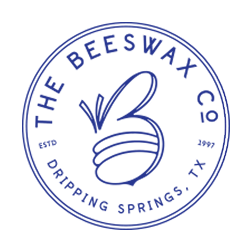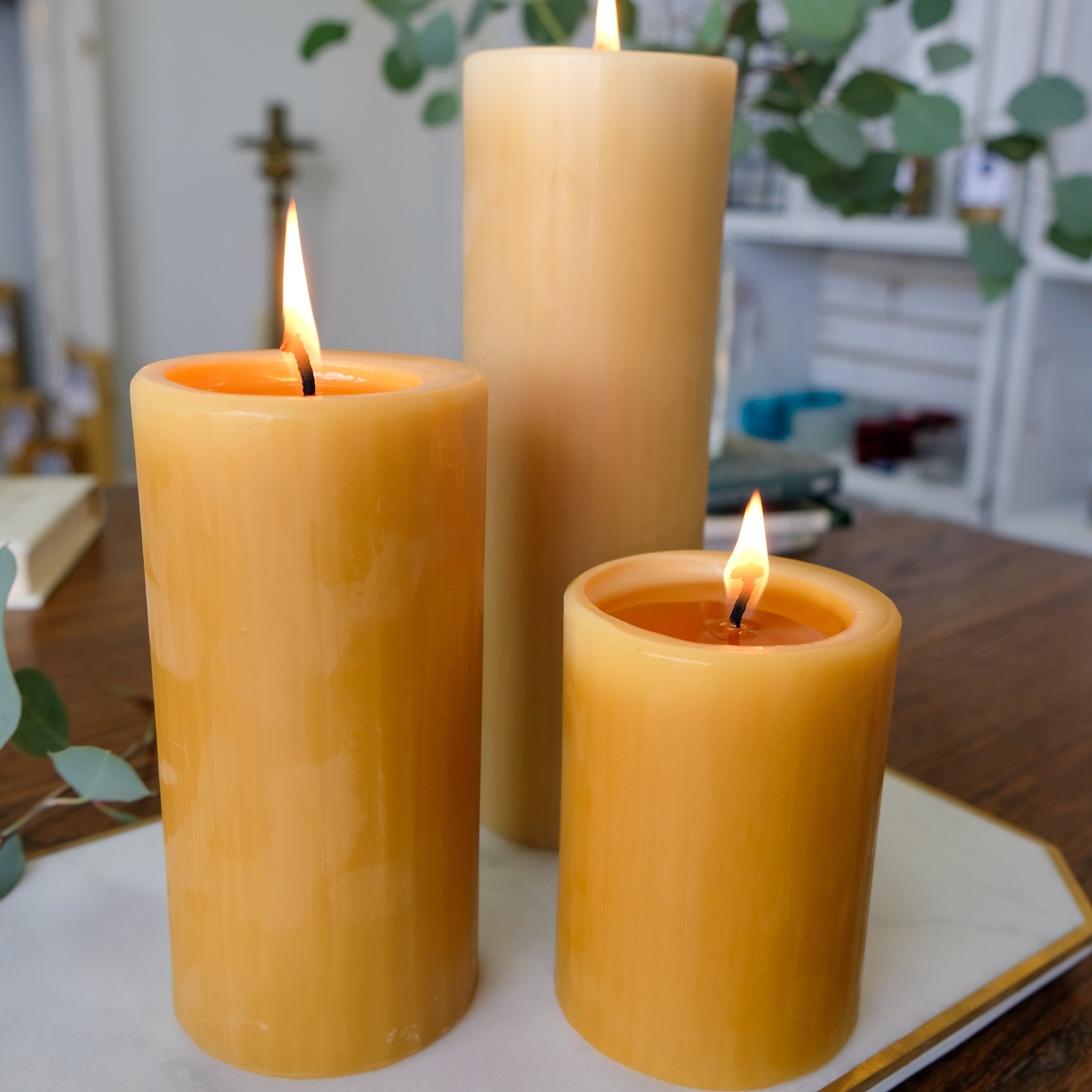We love making 100% pure beeswax candles. They smell amazing, they clean the air, and they’re beautiful to look at. As it turns out, people have always felt this way about beeswax. In addition to candle making, humans have a long history of utilizing beeswax for a variety of applications. From waterproofing to cosmetic purposes all the way to lubricating industrial machinery, there is no shortage of ways to use our beautiful golden bricks.
One of the earliest-known cases of human interaction with beeswax was found in a 6500-year-old tooth, in which a cavity was filled with beeswax. This finding is not only a huge win for the dentistry and anthropological communities, but also for beeswax lovers like us. It shows that even the earliest humans were on board with collecting beeswax for all sorts of uses.

Beeswax has also historically been used for metal casting. This technique, which is called “lost wax casting,” is the process by which beeswax is sculpted into the desired shape (what the final product should look like), then covered in clay and baked. Baking melts the wax, leaving only the hardened clay as a mold. Liquid metal is then poured into the clay mold, and later broken open to reveal the finished metal product. This method is still sometimes used today, and has been around in West Africa for well over 600 years.

Today, beeswax is a common ingredient in cosmetic products, but ancient societies were the first to discover the benefits of beeswax-based cosmetics. In China, beeswax was used as an ingredient in nail polish as far back as 5500 years ago! The ancient Egyptians used beeswax in hair products, and possibly in solid perfumes, as well. Recently, tombs have been uncovered in which the inhabitants were buried with beeswax cones on their heads. The purpose of these cones is not entirely clear, but some scholars believe they may have been scented and used as perfume.

Encaustic painting is a form of art that involves brushing pigmented beeswax (although now, other forms of wax are used as well) to the surface that is being painted. Then, the wax is heated and allowed to dry. The result is beautifully bright and perfectly blended artwork. This process has been used for thousands of years, and is even found as decoration on Ancient Egyptian mummies. Modern-day encaustic artists are still going strong, even if they now use heat-guns instead of torches. Check out this video from the Royal Academy of the Arts to see how it’s done:
To this day, beeswax is a major ingredient in grafting wax, sealing wax, lubricating wax–which can be used for sewing needles–wood screws, and squeaky doors and drawers. Beeswax is also an effective polish for wood furniture. There’s really no end to the practical uses for beeswax.
One of the coolest things about beeswax is that many of its historical uses are still relevant today. (Besides its dental uses!) Beeswax is the most dense of any natural wax making it reliable, versatile, and truly tried-and-true. It’s no wonder many craftspeople still use it for carpentry, sewing, and candle-making. Additionally, it’s all-natural, and buying local beeswax helps to support bee-friendly businesses and practices.
How do you use beeswax? Looking for a place to start? Buying beeswax in bulk gives you the freedom to do whatever you want with it, however you want. So why not try your hand at encaustic painting, or experiment with beeswax seals? However you use beeswax, have fun, and feel confident about your part in a centuries-long collaboration with bees.



